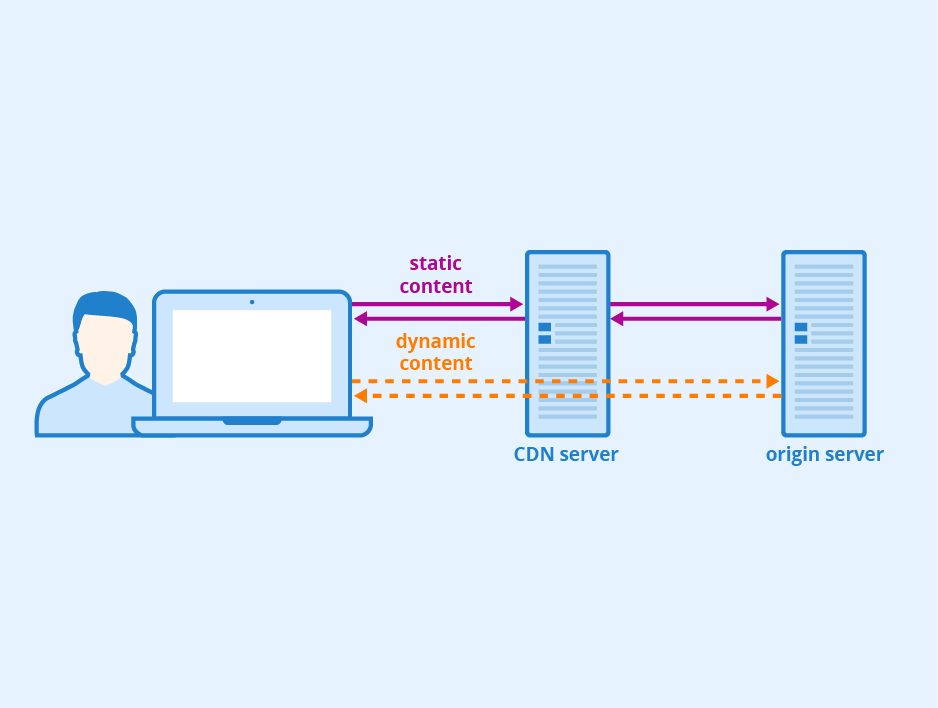In the evolving landscape of cloud computing, Amazon Lightsail stands out as a robust solution for hosting applications and websites. Renowned for its simplicity and cost-effectiveness, Lightsail is a popular choice among developers and businesses seeking a straightforward virtual private server (VPS) environment. However, maximizing network throughput in Amazon Lightsail is crucial for ensuring optimal performance and user experience. This blog post aims to provide insightful tips and tricks for enhancing network throughput in a Lightsail environment.
Understanding Network Throughput in Amazon Lightsail
Before diving into optimization strategies, it’s important to comprehend what network throughput entails in the context of Amazon Lightsail. Network throughput refers to the amount of data that can be transferred over a network in a given time frame. In a cloud environment like Lightsail, throughput is influenced by several factors, including instance size, network design, and data transfer methods.
This page offers an in-depth look at the intricacies of network throughput within cloud infrastructures for a more comprehensive understanding.

Tips and Tricks for Maximizing Throughput
Choose the Right Instance Size
Amazon Lightsail offers various instance sizes, each with different network capabilities. Selecting an instance size that aligns with your application’s requirements is a primary step in optimizing throughput. It’s advisable to evaluate the network performance of different instance sizes and choose one that effectively balances cost and performance needs.
Optimize Data Transfer Methods
The way data is transferred can significantly impact throughput. Utilizing efficient data transfer protocols and compression techniques can reduce the data transmitted, thereby enhancing throughput. Tools like rsync for file transfers and enabling compression on web servers can be beneficial.
Implement Load Balancing
Distributing traffic across multiple instances using load balancing can improve network throughput. Amazon Lightsail provides a load balancer feature, which helps manage traffic spikes and distribute workloads evenly.

Use CDN for Static Content
Employing a Content Delivery Network (CDN) is a game-changer for websites with static content. CDNs enhance network throughput by storing content in multiple locations globally, thus minimizing the data travel distance and accelerating delivery. This speeds up access to your content for users worldwide and reduces the load on your primary server, allowing it to handle dynamic content more efficiently.
Furthermore, CDNs can provide additional benefits such as load balancing and failover support, further ensuring your service’s high availability and resilience. Integrating a CDN like Amazon CloudFront with Lightsail allows you to leverage its global network of edge locations to deliver content faster and more reliably to your end users.
Monitor and Analyze Network Performance
Consistent monitoring of network performance is crucial for maintaining an optimized Lightsail environment. Amazon CloudWatch is a powerful tool, that offers the ability to track network metrics such as throughput, packet loss, and latency. Regular monitoring allows for the early detection of performance issues and helps identify trends that could indicate the need for adjustments in your configuration.
In addition to basic monitoring, consider setting up alerts for specific thresholds to manage potential issues proactively. Analyzing these metrics over time can provide valuable insights into the performance of your Lightsail instances and guide strategic decisions for network optimization, such as scaling up resources or adjusting network configurations.
Keep Software Updated
The importance of keeping your operating system and applications updated cannot be overstated in the context of network performance. Regular updates often bring new features, crucial performance improvements, and security patches. These enhancements can have a direct or indirect impact on network throughput.
For instance, an update might include optimizations that allow your server to handle network requests more efficiently or patch a security vulnerability that, if exploited, could lead to increased network traffic. Staying on top of updates ensures that your Lightsail environment is secure and running at its optimal capacity in terms of network performance.

Conclusion
Maximizing network throughput in Amazon Lightsail involves choosing the right resources, employing efficient data transfer methods, and continuous monitoring. While these tips can significantly enhance performance, it’s important to remember that each Lightsail environment is unique, and optimization strategies should be tailored accordingly. Consulting with cloud experts or seeking advice from specialized consultancy firms can further assist in fine-tuning your Lightsail setup for optimal throughput. Embracing these practices will improve your Lightsail instances’ performance and ensure a better experience for your end-users.
 Comeau Computing Tech Magazine 2024
Comeau Computing Tech Magazine 2024
